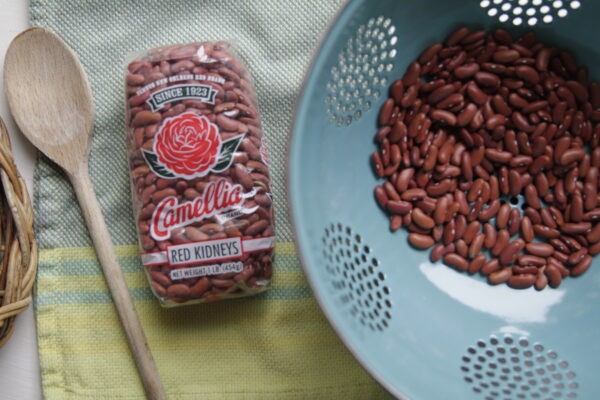Here’s How to Cook Dried Beans: It’s Easier Than You Think
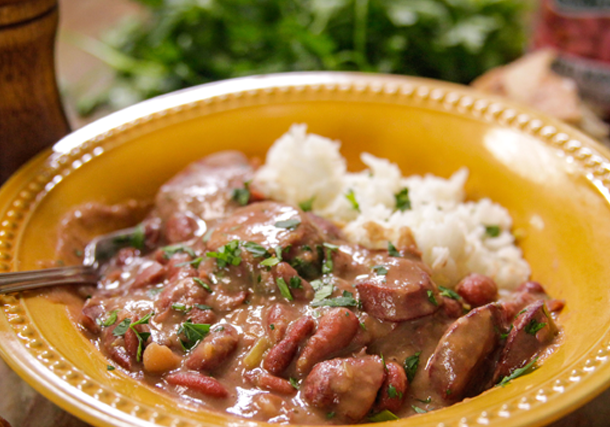
If you haven’t tried your hand at cooking different kinds of dried beans because you were a little iffy on how to do it correctly, you’ll be happy to know that it’s easier than you think. Other than the fact that it takes a little bit of time, there’s nothing difficult or tricky about it, and cooking dried beans doesn’t require extensive cooking skills. In fact, it’s pretty hard to get it wrong. As long as the beans stay submerged in water or broth while cooking, and you can keep a pot simmering on the stove for an hour or two (or in a slow cooker), you’re doing great. Read on for all the details; we’re going to show you how simple it actually is.
Rinsing & Sorting
Rinsing and sorting beans is the initial step in cooking dried beans. This simply involves rinsing your beans, peas or lentils in a colander or strainer to get rid of field dust and dirt, and then sorting – moving them around with your hands to remove any stray pebbles, twigs or imperfect beans. Here at Camellia, we have an extensive cleaning process before we package our beans, so it’s a rare occurrence that you’ll find anything like that – but still, rinse and sort. It only takes a minute or two.
Soaking
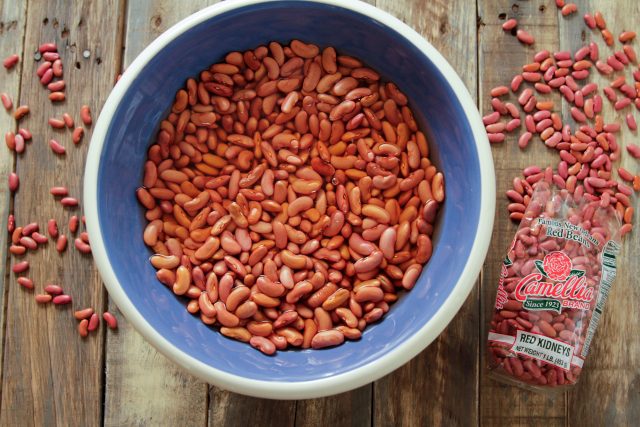
Many say dried beans should always be soaked, because soaking makes beans cook faster and reduces their gas-producing properties. It’s true that if you soak your beans, your cooking time will decrease slightly — but by how much really depends on the bean type; sometimes it’s just a matter of cutting 15 minutes off, sometimes it’s more. What’s important to know is that a long, low simmer will soften any kind of bean, given enough time.
Basic Soaking Tips:
- Here are three different ways you can soak beans – from a 1-hour quick soak to an overnight soak.
- If you have the time for a longer simmer, then soaking isn’t necessary.
- Lentils, split peas and blackeye peas don’t need to be soaked. Simply put, they’re smaller, softer legumes and cook much faster.
Read more about the pros, cons, myths and more related to soaking.
Salting
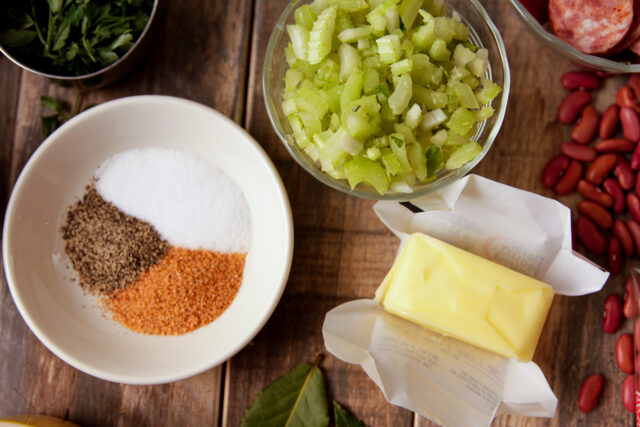
Many say dried beans shouldn’t be salted at the beginning of cooking because it toughens their skins and increases cooking time. But a growing number of people disagree and say salting early on or anytime during the cooking process is fine. Learn more about the pros, cons, myths and more related to salting.
It’s worth noting that if you’re using a recipe relying on seasoning meats for flavor (seasoning meats can be pretty salty), it’s best to wait till the beans are finished cooking before tasting and adding more salt. You might just find that none is needed.
Cooking
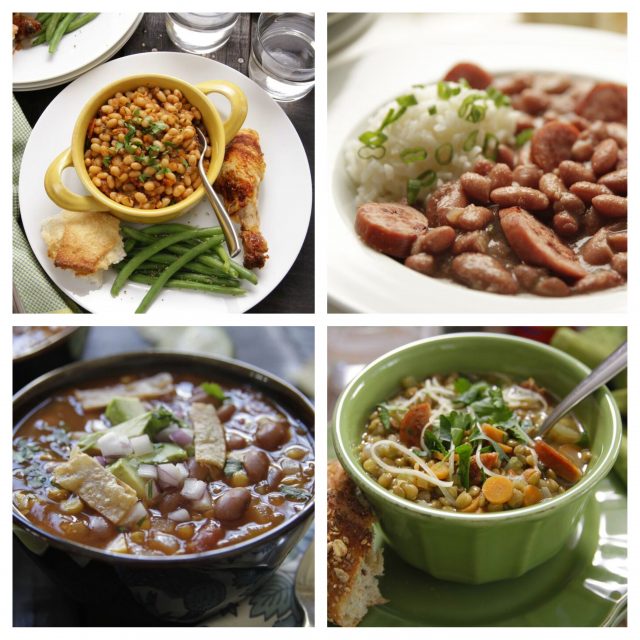
If you’re looking to cook beans to use in other recipes, it’s a simple process. After rinsing (and, if you choose, soaking) beans, add to a stockpot and cover with water. Bring to a boil; reduce heat and simmer gently, uncovered, stirring occasionally, until tender. Salt the beans if you like, and add more water as necessary, in order to keep the beans submerged. Depending on the type of bean, cooking time will vary. Try these simple recipes for cooking beans ahead of time to use in other recipes: Easy Make-Ahead Black Beans and Easy Make-Ahead Pinto Beans.
If you want to cook a pot of beans that’s seasoned to perfection and makes a great meal all on its own, check out our easy-to-follow, delicious recipes – each one details the beans, veggies, seasonings, cooking process and more needed. If you’re just starting out, simple recipes like LH’s Savory Lentils, Slow Cooker Red Beans and Rice, and Marjorie’s Marvelous Large Lima Beans are great ways to get comfortable cooking beans. And another easy way to try your hand at cooking different bean types is with our line of Dinner & Soup Mixes. With each one, you just add a few fresh ingredients, and simmer on the stove or in your slow cooker. The mixes include seasoning packs, and the recipes are right on the bags.
If you’re an avid user of dried beans and are interested in experimenting, you can learn more about how to tweak the basic components of any dried bean recipe. You might be interested in trying different seasoning meats to add depth and flavor during the cooking process – such as with andouille, hambones, ham hocks, or pickled pork. For more variation, you might also try different herbs and spices, various types of flavorful fats, or a new combination of aromatic vegetables. Here are some secrets to great-tasting vegetarian beans. Have at it and get creative. It bears repeating that you can’t really screw up a pot of beans. The more you cook, and the more you try different cooking and flavoring techniques, you’ll discover what you like best and either keep doing it, or tweak it. Want to know the secret ingredients to Camellia fans’ red beans and rice? We’ve got that, too.
Cooking Methods
And finally, know that all cooking methods at your disposal are fair game and will result in wonderfully flavorful, tender beans.
Stovetop
Some people prefer cooking on a stovetop at a slow simmer. With stovetop cooking, you need a large, heavy pot; a heavy-bottomed pot keeps beans from burning and reduces the need for regular stirring. You also need to be able to keep an eye on your slowly simmering pot of beans, and that can make it a little more time-consuming; however, stovetop cooking gives you the flexibility of adding aromatic veggies, seasoning meat and spices in stages, stirring every so often, mashing beans to create creaminess, and tasting and adjusting seasoning as you go. If you don’t have the time to do that on weekdays, Sunday afternoons are great for slow-simmering stovetop recipes – and are excellent for achieving deep flavors and a creamy texture.
Slow Cooker
Some love the total ease and convenience of slow cooker recipes. A slow cooker gives you the freedom to be able to throw all the ingredients in, set the timer, and go about your day. It can be a big time-saver for busy families who want to come home to a warm dinner ready to be served, and even though some slow cooker recipes require a little upfront prep, they’re mostly hands-off. While slow cookers don’t allow for the nuances of tasting and adjusting seasoning during the cooking process (they need to stay covered with their lids on for even, thorough cooking), you can always adjust seasonings and mash beans for creaminess when the cooking time is over.
Pressure Cooker
And finally, there’s the pure speed of a pressure cooker. If you prefer to make dinner in 30 minutes or less, the intense heat and pressure of a pressure cooker is the way to go with dried beans. They’ll still come out tender and flavorful and allow you to drastically reduce your cooking time. Pressure cookers have been around for decades, but modern technology makes them faster and safer than ever before. Get some tips and tricks on how to use a pressure cooker to safely cook beans. If you already own and use a pressure cooker regularly, try it out for cooking beans. If you don’t own one but think you’d use it often, then it might just be worth the investment of this additional appliance. Check out our pressure cooker recipes here.
Storing
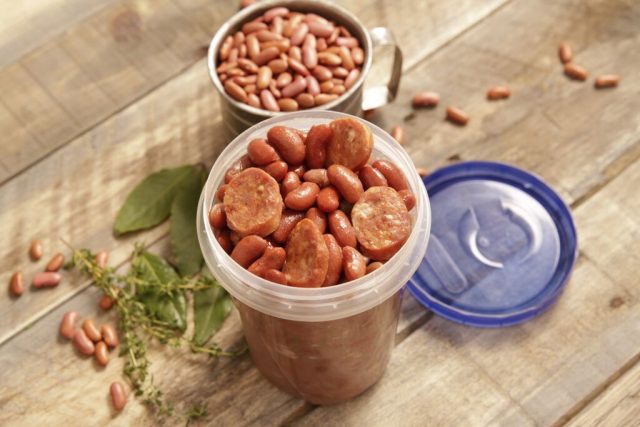
Cooked beans will keep up to a week in the fridge and even become more flavorful a day or two after cooking. So if you’ve got leftovers from a delicious one-pot dinner, either freeze for a future meal, or stick them in the fridge and pack a lunch for school or the office later in the week. Or, if you’ve cooked a simple pot of beans ahead of time to use in other recipes, portion them into small storage bags, lay them flat on their side and stack to store in the freezer. Then, when you need beans for a recipe, just grab them from the freezer instead of reaching for a can.
Inexpensive and a great source of protein and fiber, dried beans are one of the world’s perfect foods and are just waiting for you to get cooking.
